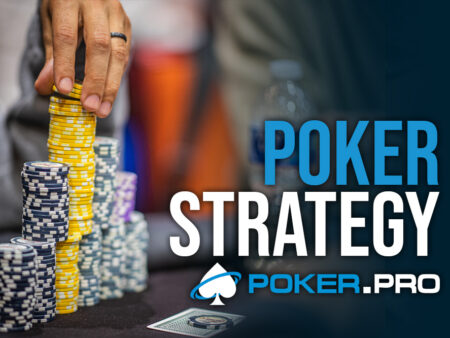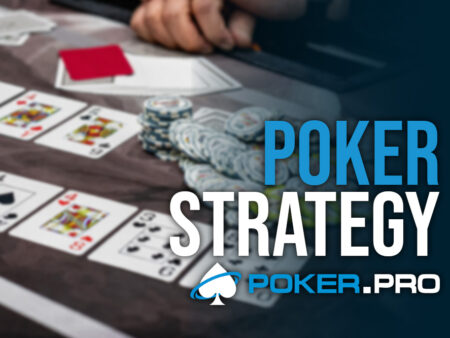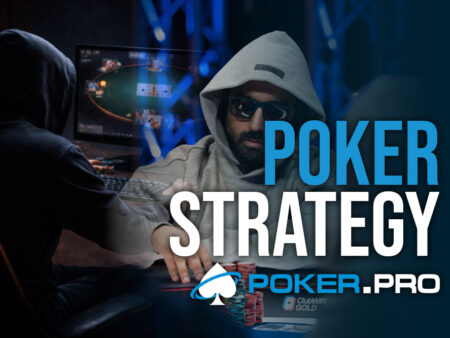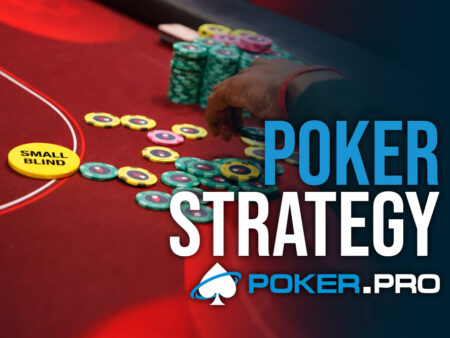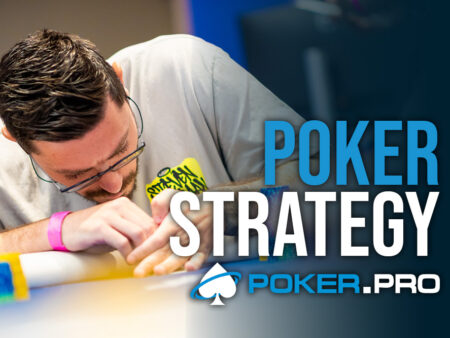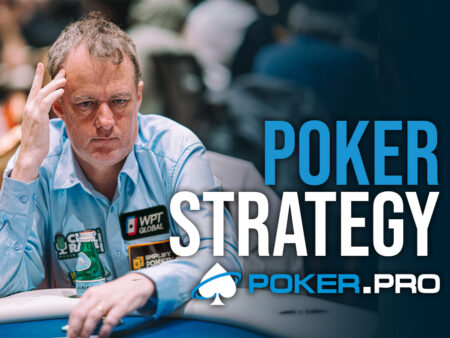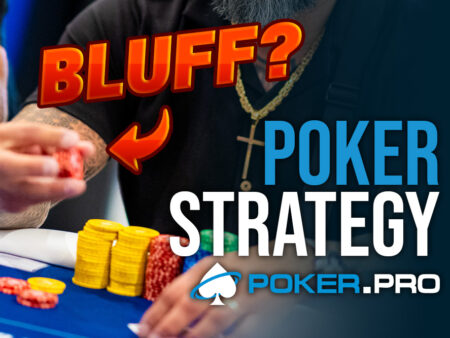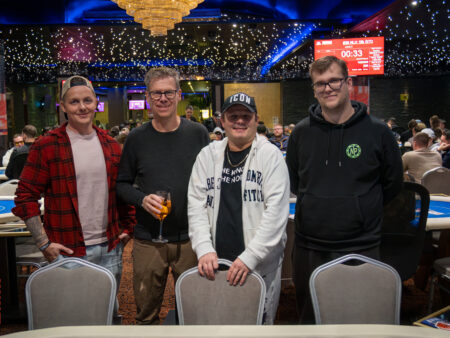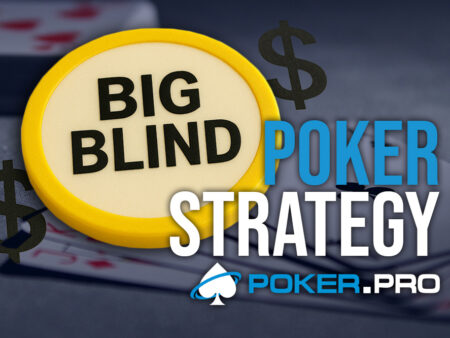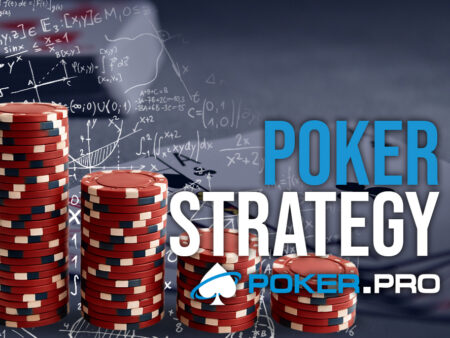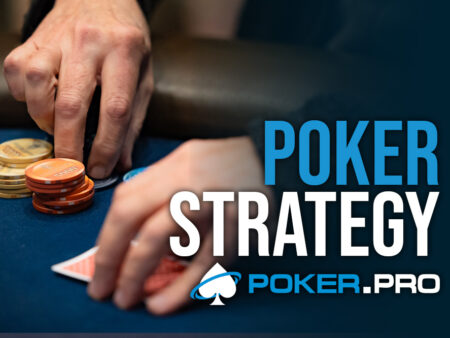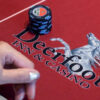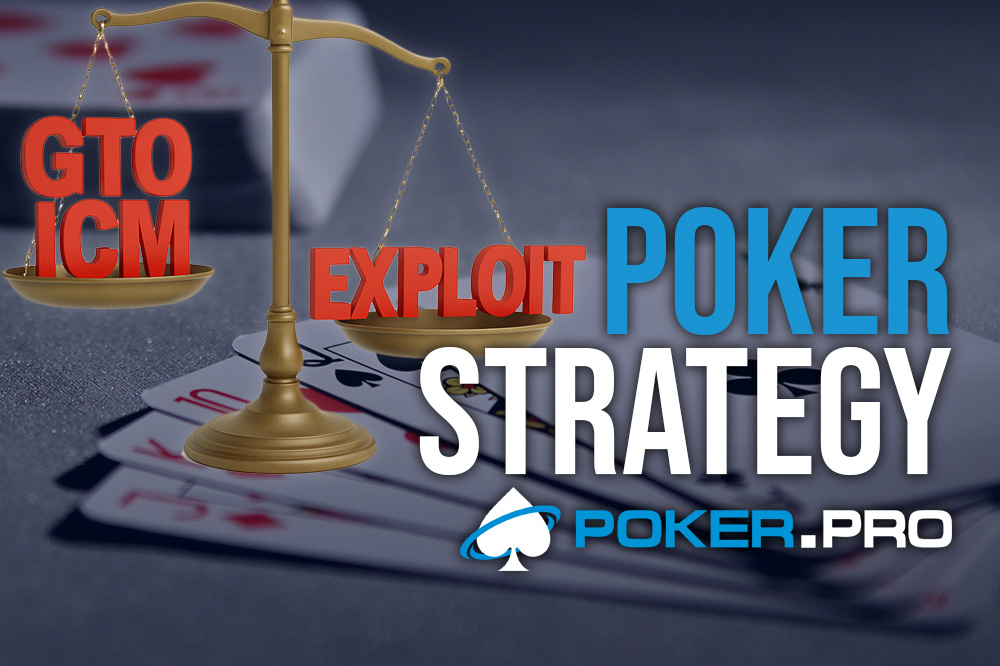
Dara O’Kearney here—I love this breakdown of Dynamic Exploit Equilibrium (DEE) Theory by Aytan Eldarova. It’s a breath of fresh air in a world obsessed with static solvers. Starting from GTO as a baseline and layering in real-time exploits? That’s the kind of adaptive thinking that wins at high stakes. In tournaments, ICM pressure turns players into emotional wrecks. Well done!
Moving Beyond GTO and ICM into Real-Time Strategic Mastery
In modern poker, Game Theory Optimal (GTO) and Independent Chip Model (ICM) dominate high-level strategic thinking. GTO provides an un-exploitable foundation for decision-making, while ICM ensures we properly value chips in tournament payout structures. Both are powerful – but they share one limitation: they assume a relatively static environment.
Poker, in reality, is not static. Table dynamics shift hand-to-hand. Opponents adjust, tilt, or tighten based on emotional triggers. Stack sizes fluctuate rapidly, altering the strategic landscape. A purely static approach risks missing critical real-time opportunities.
This is where Dynamic Exploit Equilibrium (DEE) Theory comes in.
What is DEE Theory?
DEE is a new, adaptive approach to poker strategy that blends the stability of GTO with the profit-maximising edge of exploitative play. Instead of treating GTO as the destination, DEE treats it as the baseline from which dynamic adjustments are made in real time.
DEE acknowledges that the optimal strategy in a live or online poker session is a moving target – and that the best players track and adjust to these shifts while they happen.
Core Principles of DEE
- Baseline – Signal – Shift
Start with a GTO-informed baseline. Look for signals – patterns in opponent behaviour, table tendencies, or meta-game shifts. Adjust your strategy in response. - Exploit Momentum
When you identify a profitable exploit, lean into it. Push the edge until you see signs of opponent adaptation, then recalibrate. - Psychological Stack Weighting
Go beyond chip stacks and ICM math. Assign psychological weightings based on how individual opponents respond to pressure given their stack size, recent results, and personality profile. - Adaptive Frequency Modelling
Adjust your bet frequencies dynamically based on live reads and observed pool tendencies, rather than sticking to static solver outputs. - Meta-Shift Tracking
Keep track of how the table meta changes over time – whether players are becoming more aggressive, risk-averse, or tilted – and adapt accordingly.

Why DEE is Innovative
- GTO = Static optimal
- ICM = Static chip-to-prize mapping
- DEE = Evolving optimal, blending solver precision with exploitative adaptability.
DEE recognises that poker is a dynamic contest between thinking opponents. The best strategy today isn’t simply “the solver says X” – it’s “the solver says X, but right now, given this opponent and this situation, Y will make more money.”
Practical Applications
- Tournament Final Tables: Where ICM pressure and psychological factors peak, and players deviate heavily from GTO under stress.
- High-Stakes Cash Games: Against regulars who adjust quickly, requiring constant recalibration.
- Training & Coaching: Moving players from “memorising charts” to understanding decision systems that evolve in real time.
The Future of Poker Strategy
DEE Theory doesn’t replace GTO or ICM. DEE Theory provides a powerful blend of equilibrium stability and real-time adaptability, positioning it as a modern evolution in strategic poker thought. It extends GTO with a formal mechanism for exploitative, dynamic adaptation.
DEE is ideal for high-stakes tournaments, adaptive training systems, and scenarios where meta-game dynamics evolve quickly. It enables players to respond intelligently to changing opponent behaviour while maintaining theoretical robustness.
Mathematically, DEE is a time-evolving, belief-weighted utility function driving a probabilistic action policy that continuously blends GTO with exploit EVs – adjusted dynamically based on observed opponent data and meta-game trends.
At its core, DEE is a dynamic optimisation model that blends elements of:
- GTO equilibrium strategies (static Nash equilibrium)
- Bayesian updating (belief revision based on new evidence)
- Game-state-dependent utility adjustment
- Adaptive control theory (real-time strategy feedback)
Let’s explore a practical hand example that illustrates how Dynamic Exploit Equilibrium (DEE) would guide strategic decision-making beyond GTO.

Hand Example
- Game: $5/$10 NLHE, 6-max
- Stacks: $1,000 effective (100 BB)
- Hero: Button (BU)
- Villain: Small Blind (SB) – Regular, aggressive, known for over-bluffing river spots
Preflop
- BU opens to $25
- SB 3-bets to $90
- BB folds
- BU calls with A♠Q♠
Flop (Pot $190) 10♠7♣2♠
- SB bets $60
- BU calls
Turn (Pot $310) 3♦
- SB bets $135
- BU calls again – Hero is floating with nut overcards + nut flush draw.
River (Pot: $580) K♦ – no flush completes
- SB shoves all-in ($715 into $580)
GTO Response (Baseline)
According to GTO sims, A♠Q♠ is mostly a fold here:
- Missed draw
- No showdown value
- King hits SB’s value range (AK, KK)
But now enter DEE…
DEE Adjustments
Step 1: Baseline
Start with GTO – fold this combo ~85% of the time.
Step 2: Signal Detection
Hero has prior data:
- Villain has shown three river bluffs in last three sessions in similar spots.
- Known for aggression when deep-stacked and especially on scare cards.
Signal: Over-bluffing tendency in river jam spots.
- Known for aggression when deep-stacked and especially on scare cards.
Step 3: Posterior Belief Update
Adjust Villain’s bluffing frequency in river shove node from GTO 25%, ~55% based on history and reads.
Step 4: Utility Shift
Now A♠Q♠ becomes a profitable bluff-catcher based on EV vs Villain’s updated bluff-heavy range.
Step 5: Exploit Momentum
This isn’t the first hand – SB has been attacking this scare-card line repeatedly today. Hero uses this to exploit momentum, assuming SB hasn’t adjusted yet.
Step 6: Meta Awareness
If Hero wins and shows, they’ll reset the table meta. But until then, this spot is live.
DEE Decision: Hero Calls
Despite being a GTO fold, the real-time belief-adjusted model says:
Exploit EV > GTO EV – Call
Hero catches SB bluffing with Q♥J♥.
DEE doesn’t ignore solvers – it starts with them and then evolves in real time based on opponent modelling, prior tendencies, and meta-read.
In this case, DEE turns a fold into a +EV call based on live adaptation.

